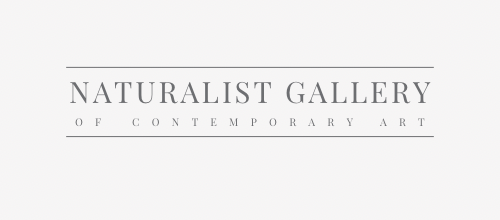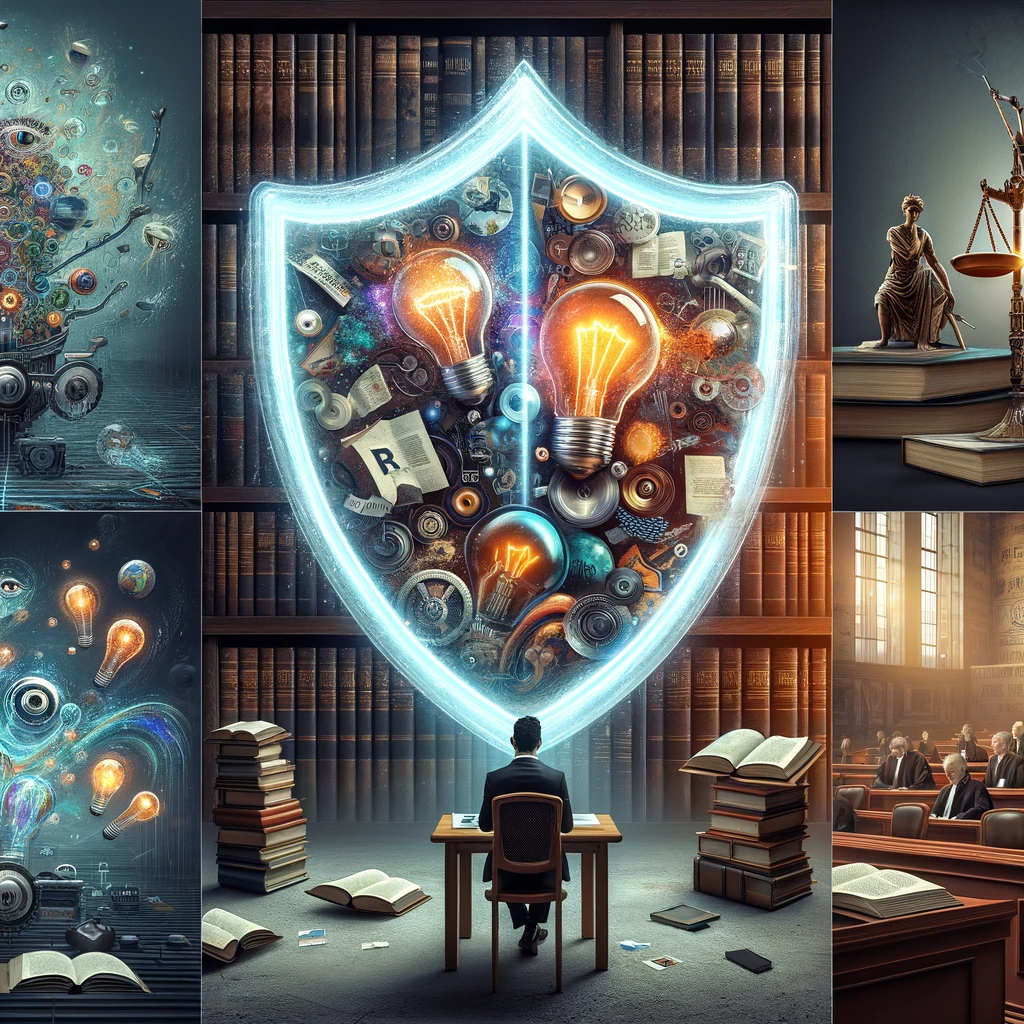Art copyright protects an artist's original work, ensuring exclusive rights to reproduce, distribute, and display the creation. Registration enhances legal standing in infringement cases. Read the following article for our best breakdown of the world of copyright for artists:
Contents
- Introduction to Intellectual Property (IP)
-
Essential IP Protections for Artists
- Copyrights
- Patents
- Trademarks
-
Applying for IP Protections: A Step-by-Step Guide
- Copyrights
- Patents
- Trademarks
- Safeguarding Artwork in the Digital Realm
- Steps to Take When Your Work is Infringed
- Ensuring Contractual Protection of Your Art
- Navigating Complexities: Copyright, Fair Use, and Publicity Rights
- Trademarks in Art: Balancing Legal Rights and Free Speech
- Conclusion: Empowering Artists through Legal Knowledge
Explore our curated selection of contemporary artists from around the globe.
Naturalist Gallery offers artist representation internationally. Apply your art.
Introduction to Intellectual Property (IP)
In the art world, your creativity isn't just an expression—it's a valuable asset. Intellectual property (IP) acts as an invisible, yet potent, force field safeguarding your artistic creations. IP encompasses the legal recognition of ideas, inventions, designs, and artistic works. For artists, this includes everything from paintings and sculptures to songs and jewelry designs.
Understanding and effectively managing IP rights is fundamental for any artist seeking to protect their work from unauthorized use and ensure their rightful ownership and control over their creations.
Essential IP Protections for Artists
Copyrights
Copyrights are integral to artists, protecting original works of authorship. Upon creation, you automatically hold the copyright, but formal registration enhances protection, especially in cases of infringement.
Patents
While not typically associated with traditional art forms, patents protect inventions, including new art materials or techniques. Patents can be complex and costly but are crucial for innovative artistic tools and methods.
Trademarks
Trademarks safeguard your brand, encompassing unique names, logos, and slogans. They play a key role in distinguishing your artistic identity in the market.
Applying for IP Protections: A Step-by-Step Guide
Copyrights
- Create an original work.
- Visit the U.S. Copyright Office’s website.
- Complete the application for "Work of the Visual Arts."
- Pay the required fee.
- Submit a copy of your work.
Patents
- Determine the type of patent needed.
- Ensure your invention is eligible for a patent.
- Prepare a detailed application.
- File with the USPTO and respond to any objections.
Trademarks
- Conduct a trademark search.
- Choose a distinctive mark.
- Complete the USPTO application.
- Monitor the application's status and respond to issues.
Safeguarding Artwork in the Digital Realm
- Watermark your digital artwork.
- Disable right-click options on your website.
- Use low-resolution images for online display.
- Include a copyright notice on your digital platforms.
Steps to Take When Your Work is Infringed
- Contact the infringer directly.
- Send a cease and desist letter.
- File a DMCA Takedown Notice.
- Consult with an intellectual property lawyer if necessary.
Ensuring Contractual Protection of Your Art
- Be explicit in defining rights in contracts.
- Include a copyright notice in agreements.
- Consider Non-Disclosure Agreements for confidential projects.
- Seek legal advice for contract drafting and review.
Navigating Complexities: Copyright, Fair Use, and Publicity Rights
Understanding the nuances of copyright law, including the 'work-for-hire' doctrine, licensing, and fair use, is crucial. Artists must also navigate the right of publicity, particularly relevant in photography.
Trademarks in Art: Balancing Legal Rights and Free Speech
Trademark law intersects with art when artworks depict trademarks. Balancing legal rights with First Amendment concerns is key, as seen in cases like University of Alabama Board of Trustees v. New Life Art.
Empowering Artists through Legal Knowledge
View limited edition prints by contemporary artists at Naturalist Gallery.
This guide provides an overview of the key intellectual property issues faced by artists. Understanding these concepts helps artists focus on what truly matters—their artistic creations—while ensuring their work is legally protected.
You may also find the following articles helpful:
How to Become an Art Collector
Corporate Takeover of the Art World
Art Criticism: Evaluating Contemporary Art
Art Consultants in the Contemporary Art World
The Art Advisor's Guide: Navigating the Art Market
How Art Agents Work with Contemporary Artists




